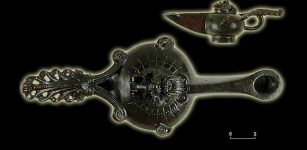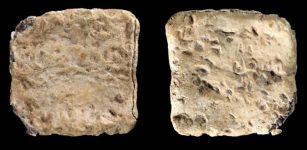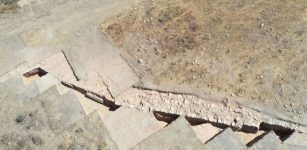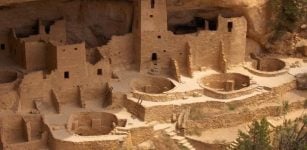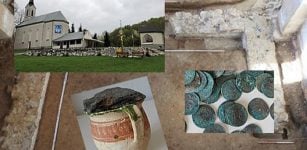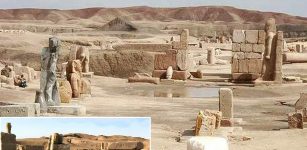Rare Etruscan Religious Object Discovered At Ancient Temple Site In Italy
MessageToEagle.com – A rare sacred text in the Etruscan language that is likely to reveal details about Etruscan worship of a god or goddess has been discovered in Italy.
The lengthy text is inscribed on a large 6th century BC sandstone slab, uncovered from an Etruscan temple. Most Etruscan discoveries typically have been grave and funeral objects.
“This is probably going to be a sacred text, and will be remarkable for telling us about the early belief system of a lost culture that is fundamental to western traditions,” archaeologist Gregory Warden, president and professor of archaeology at Franklin University Switzerland, said in a press release.
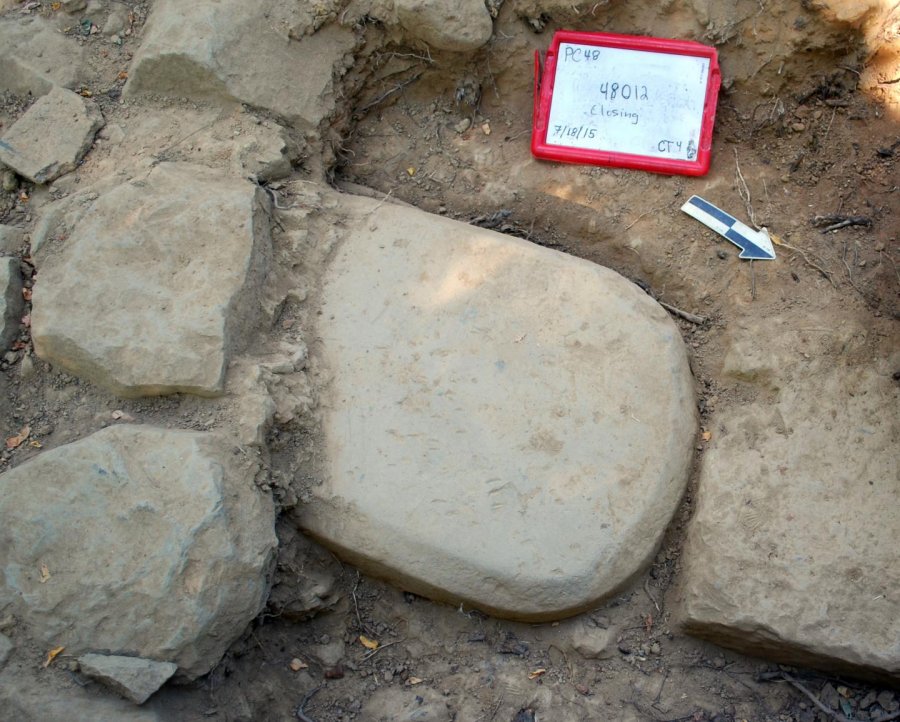
The slab, weighing about 500 pounds and nearly four feet tall by more than two feet wide, has at least 70 legible letters and punctuation marks.
“The slab was discovered embedded in the foundations of a monumental temple where it had been buried for more than 2,500 years. At one time it would have been displayed as an imposing and monumental symbol of authority,” Warden said.
“We hope to make inroads into the Etruscan language. Long inscriptions are rare, especially one this long, so there will be new words that we have never seen before, since it is not a funerary text.”
Conservation and study of the stele is underway in the next few months at the conservation laboratories of the Tuscan Archaeological Superintendency in Florence by experts from the architecture department of the University of Florence. Cleaning will allow scholars to read the inscription.
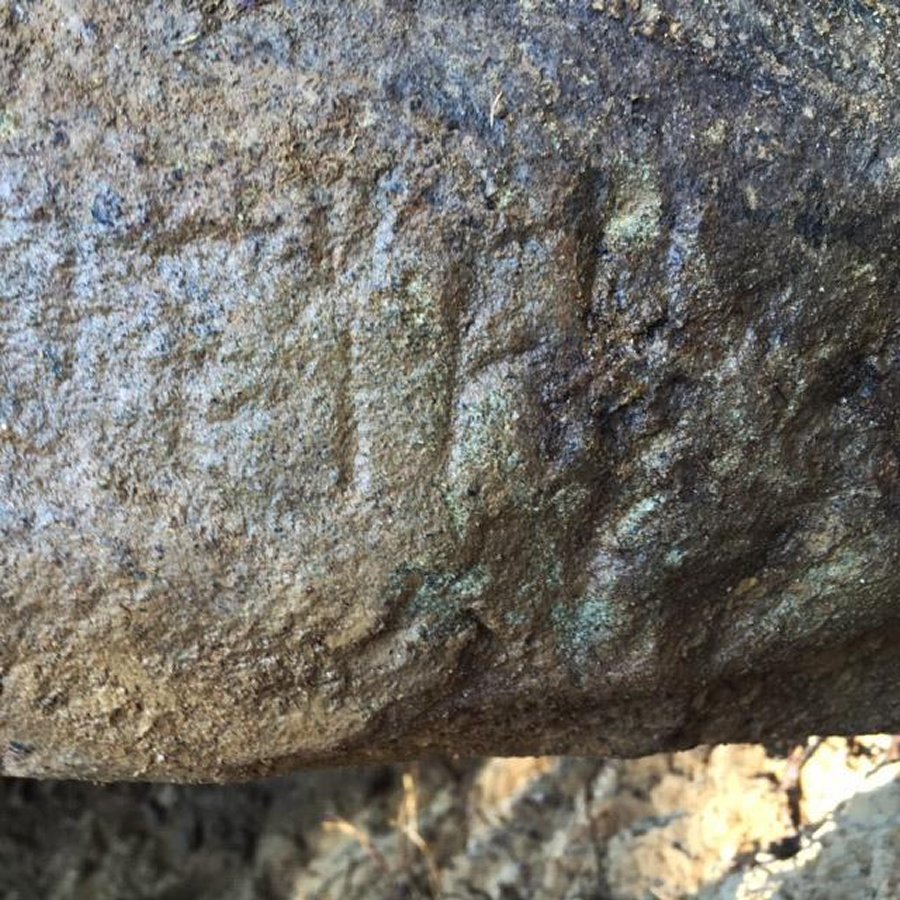
“We know how Etruscan grammar works, what’s a verb, what’s an object, some of the words,” Warden said.
“But we hope this will reveal the name of the god or goddess that is worshiped at this site.” The text will be studied and published by a noted expert on the Etruscan language, Rex Wallace, Professor of Classics at the University of Massachusetts Amherst.
Archaeologists believe that the stele discovery will contribute with knowledge of Etruscan history, literacy and religious practices. The Etruscan civilization once ruled Rome and influenced Romans on everything from religion to government to art to architecture.Considered one of the most religious people of the ancient world, Etruscan life was permeated by religion, and ruling magistrates also exercised religious authority.
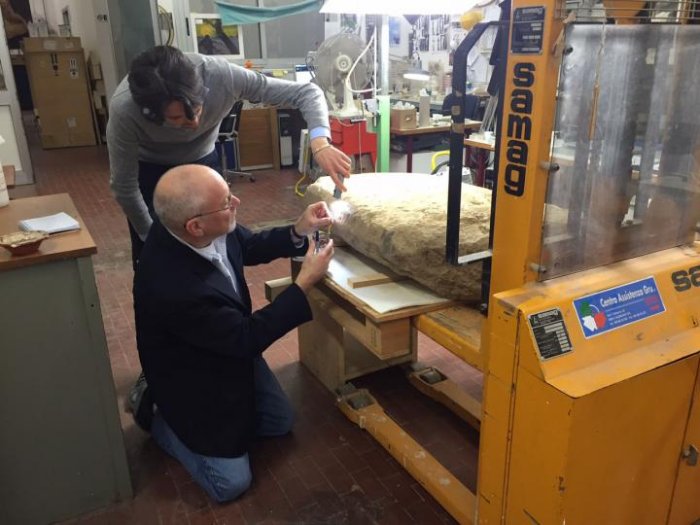
“Inscriptions of more than a few words, on permanent materials, are rare for the Etruscans, who tended to use perishable media like linen cloth books or wax tablets,” Etruscan scholar Jean MacIntosh Turfa with the University of Pennsylvania Museum, Philadelphia, said.
“This stone stele is evidence of a permanent religious cult with monumental dedications, at least as early as the Late Archaic Period, from about 525 to 480 BCE. Its re-use in the foundations of a slightly later sanctuary structure points to deep changes in the town and its social structure.”
MessageToEagle.com
Expand for references
